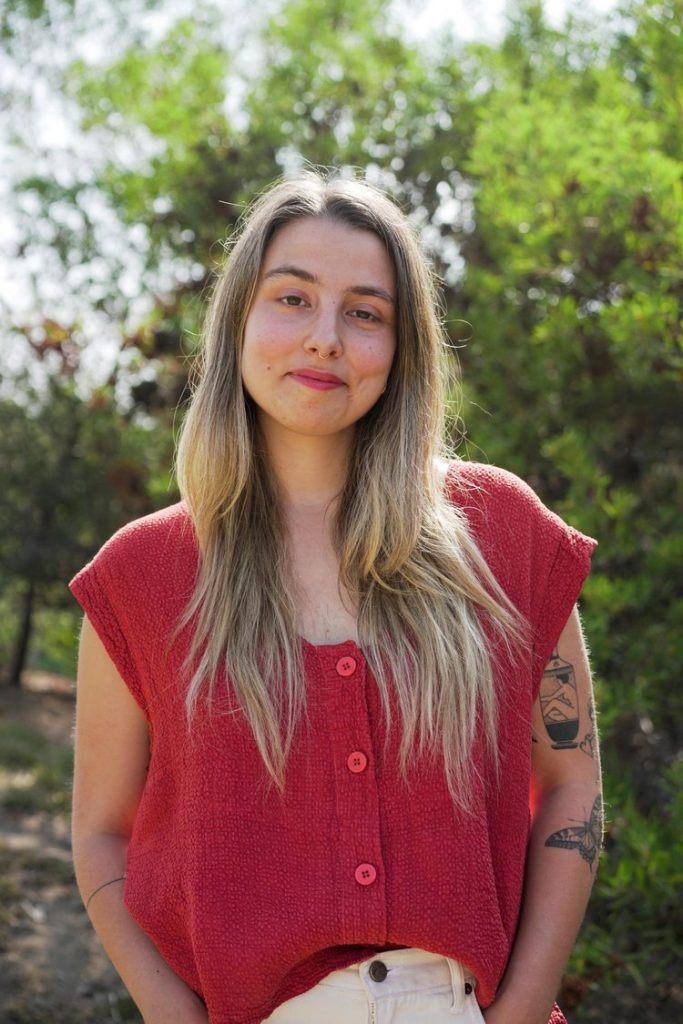Pasadena Trauma Therapist
Pronouns: She/Her/Hers
I am a Licensed Clinical Social Worker at Pasadena Trauma Therapy, where I work with folks navigating trauma, PTSD, complex trauma anxiety, stress, and relational issues. My clients are often survivors of trauma, women, and queer folks that are curious about how their experiences have impacted them and come to me to help regulate their nervous systems and begin to accept and heal all parts of themselves. I enjoy working with relationship issues, gender, sexuality, identity, and helping folks restore wholeness after surviving traumatic and upsetting experiences, particularly narcissistic abuse or emotionally immature caregivers. In our work together, we will consider how your nervous system has been impacted by your life experiences and help you move into a space of deeper regulation and self-love.
My approach is warm, collaborative, curious, and trauma-sensitive. I believe that one of the most important aspects of a supportive therapy experience is a strong therapeutic relationship. I work from a relational perspective that will allow us to first establish a sense of safety and trust. I incorporate attachment theory, nervous system regulation, mindfulness, self-compassion, parts work, and somatic approaches into my practice. I practice the Trauma Resiliency Module(TRM).
TRM is a somatic approach that helps clients with traumatic stress reactions by learning skills to help stabilize the mind and body. Clients will learn to track body sensations and bring balance back to the nervous system. I also practice Eye Movement Desensitization and Reprocessing (EMDR) and Brainspotting. EMDR is a form of psychotherapy that has been successful in helping people who suffer from trauma, anxiety, panic, disturbing memories, nightmares, etc. EMDR uses bilateral stimulation (such as eye movements or tapping) while the client attends to past memories and triggers to decrease or eliminate emotional distress connected to the memory.
Brainspotting is a somatic therapy that helps clients access the subcortical (non-verbal) part of the brain, where trauma is typically stored. According to the creator of Brainspotting, David Grand, “where you look affects how you feel.” Since our eyes give us access to the subcortical brain, Brainspotting uses the visual field as a way to help release stored memories. If you’d like more information on Brainspotting, please click here.
I am a native New Yorker who is now happy to call Los Angeles home. I received my MSW from the University of Southern California and my BA from New York University. I have had the honor of beginning my career in a variety of community mental health settings where I supported individuals navigating complex trauma and severe and persistent mental illness, and I am passionate about the accessibility of mental health care. I enjoy practicing yoga, cooking, gardening, and exploring California’s beautiful nature when I am not working.
I feel honored to witness my clients in moments of transformation and look forward to meeting and supporting you as you navigate change and move toward a greater sense of safety and wholeness.
Education
- University of Southern California – Masters of Social Work
- New York University – Bachelor of Arts in Individualized Study (Music & Culture)


